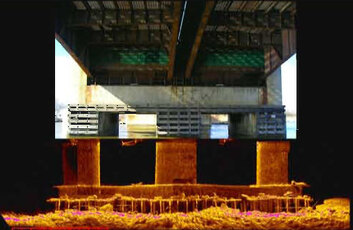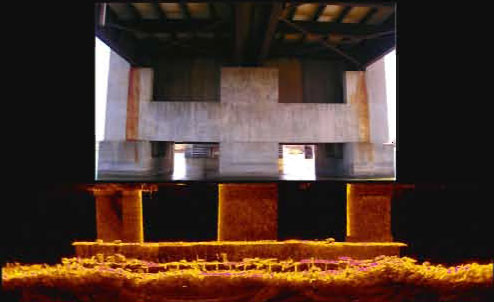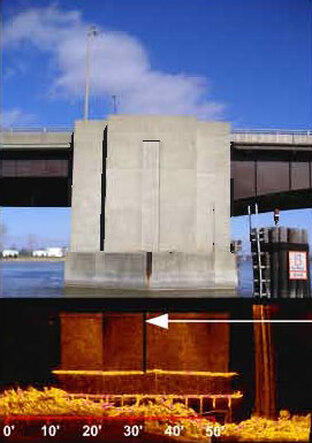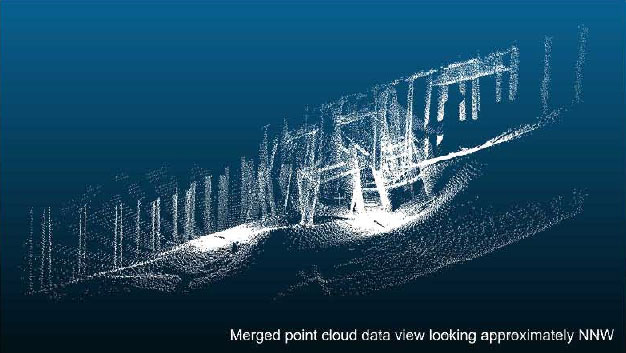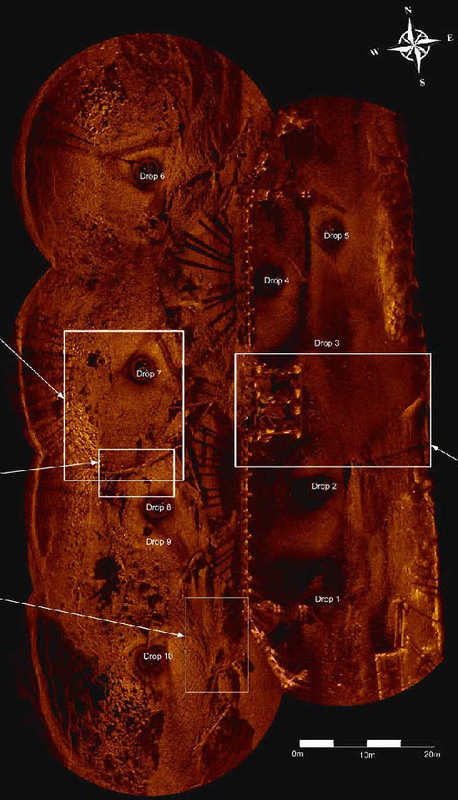Zero Visibility, High Resolution, Underwater Asset Inspections
Underwater asset inspections have traditionally been subject to environmental conditions such as water visibility and currents. Unfortunately most Australian Rivers provide an environment that prohibits either ROVs or commercial divers from obtaining 100% coverage of the asset in question with the confidence that is required from most structural engineers.
ROV Innovations has the technology to obtain high resolution images of any underwater asset no matter the environmental conditions that they are found in. Utilising state of the art scanning sonars we are able to produce images of assets such as bridges, dam walls, pipelines, diffusers etc even in zero visibility water.
ROV Innovations has the technology to obtain high resolution images of any underwater asset no matter the environmental conditions that they are found in. Utilising state of the art scanning sonars we are able to produce images of assets such as bridges, dam walls, pipelines, diffusers etc even in zero visibility water.
The above 3D point cloud was generated in a drilling shaft around 15m diameter and zero visibility. The client wished to determine the safety of the shaft as they rightly assumed that there had been a blow out in the grouting. Not only was this confirmed by our high resolution sonar, the client was able to obtain precise measurements of the blow out as well as measure the slope and distances of the shaft to ensure its safety before placing divers in to rectify the issue.
The high-resolution scanning sonar head operates with software that has many advanced features for data interpretation. These features are beneficial to various engineering and construction applications, including the ability to measure length and area, geo-reference and track targets.
Our High-resolution Scanning Sonar offers -
Our High-resolution Scanning Sonar offers -
- Narrower horizontal beam angle and smaller angular resolution (for superior image quality)
- Tuneable frequency transducers
- Exposed transducer (to eliminate acoustic lensing)
- Increased power output (for better signal to noise ratios)
Imaging sonars use a fan-shaped acoustic beam to scan a specified area or target. Common targets scanned and inspected by sonar include -
- Inspection of man-made structures (bridges, docks, piers and dams)
- Site and seabed search and survey
- Underwater construction support
- Positioning stabilization mattresses and gabions
- Pipeline and cable surveys
- Scour and sediment aggregation monitoring
- Diving support
- Underwater timber stockpile assessment and recovery operations
- Archaeological surveying


